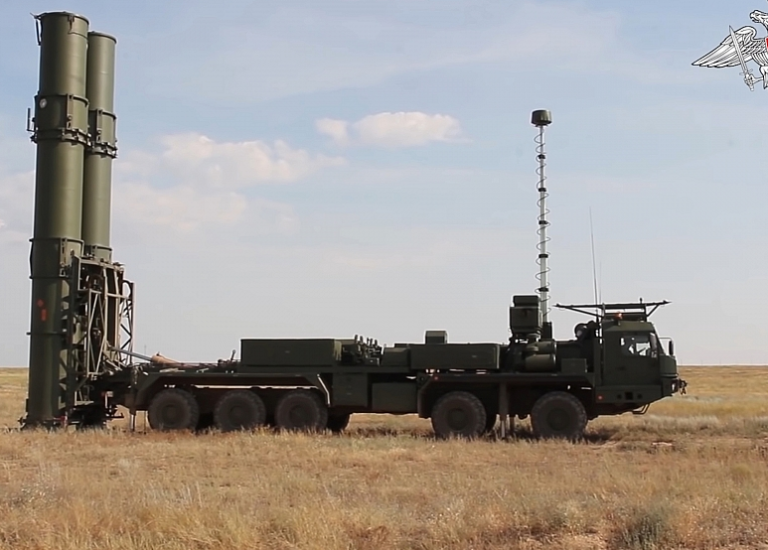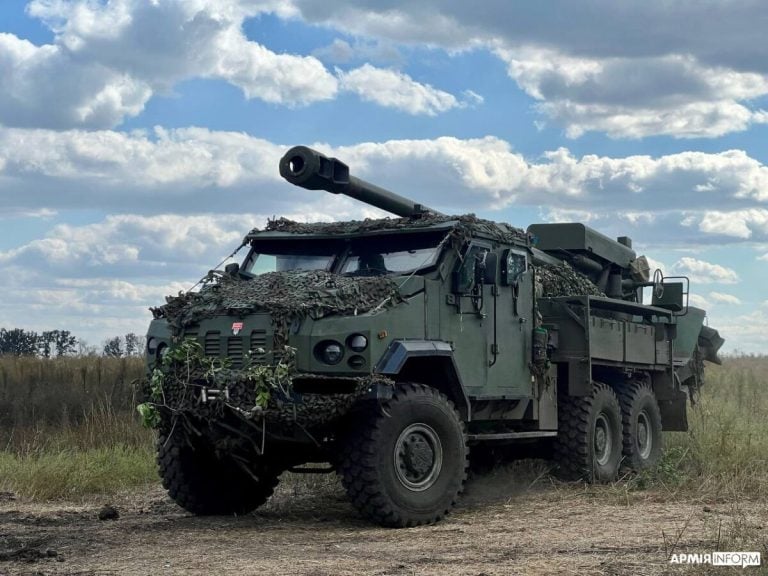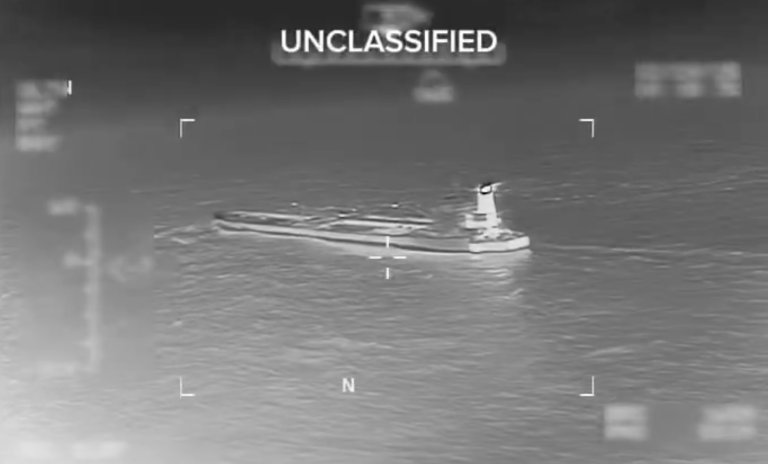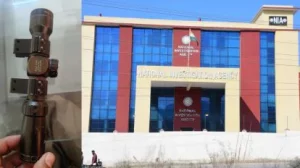In the rugged terrains of Afghanistan during the 1980s, the FIM-92 Stinger, a shoulder-fired missile, played a pivotal role in shifting the momentum against the Soviet Union. Known for its lightweight and portability, this American-made missile defense system has become one of the most prominent weapons in modern combat.
Originally developed in the 1970s by General Dynamics and later manufactured by Raytheon, the Stinger entered U.S. military service in 1981. It was specifically created to empower ground forces to effectively combat enemy aircraft without the need for larger vehicle-mounted air defense systems. Weighing approximately 15 kilograms (33 pounds) and operable by a single individual, the Stinger quickly gained recognition and has since been widely deployed by numerous U.S. allies.
The technology behind the FIM-92 Stinger is both sophisticated and user-friendly. Utilizing an infrared homing seeker, the missile locks onto the heat signature of an aircraft’s engine. Prior to launching, the operator cools the seeker’s detectors using a battery-cooling unit that injects high-pressure argon, enhancing its sensitivity. One of the key advantages of the Stinger is that it is a “fire-and-forget” weapon, meaning that once it is launched, it directs itself toward its target without requiring further input from the operator. The missile has an effective range of roughly four to five kilometers (2.4 to 3.1 miles) and can engage targets at altitudes of up to 3,800 meters (12,500 feet), making it adept at targeting helicopters, low-flying jets, and increasingly, drones.
Over the years, several variants of the Stinger have been introduced, each with its unique features and limitations. The FIM-92A, the first production model, had limited resistance against flares and countermeasures, while subsequent iterations like the FIM-92B improved flare rejection capabilities. However, even the latest variations such as the FIM-92E have faced challenges against advanced decoys and modern stealth aircraft.
The FIM-92 Stinger has made significant contributions to various conflicts since its inception, becoming especially notorious during the Soviet–Afghan War, where it severely hampered Soviet air operations. More recently, the missiles have been supplied to Ukraine amid the ongoing conflict with Russia, with over 2,000 Stingers allocated to counteract Russian air capabilities.
Despite its extensive battlefield history, the Stinger does face certain limitations. It struggles with high-altitude engagements and modern countermeasures, such as electronic warfare systems designed to mislead infrared seekers. Additionally, many missiles in stock are aging, raising logistical concerns regarding replenishment for the United States and its allies.
Currently, the FIM-92 Stinger remains an integral part of layered air defense systems, complementing radar-guided missiles and other heavier platforms. Even after more than four decades, the system is actively deployed by the U.S. Army and Marine Corps, with NATO members and partners in Europe, Asia, and the Middle East relying on its capabilities.
The relevance of the Stinger has been reaffirmed in recent conflicts characterized by the use of low-cost drones and helicopters, highlighting the necessity for effective portable air defense solutions. Discussions regarding a potential successor to the Stinger are underway in the U.S., but for now, it continues to symbolize accessible and versatile air defense, with a legacy rooted deeply in military history.

















